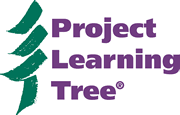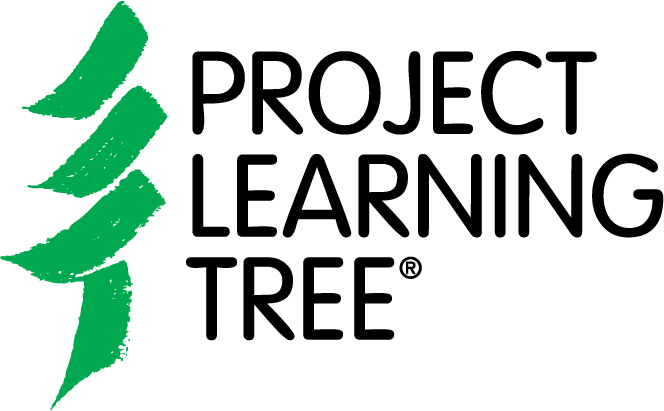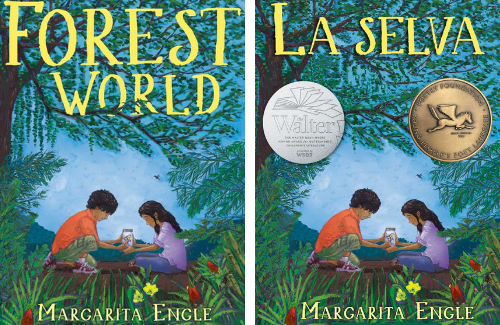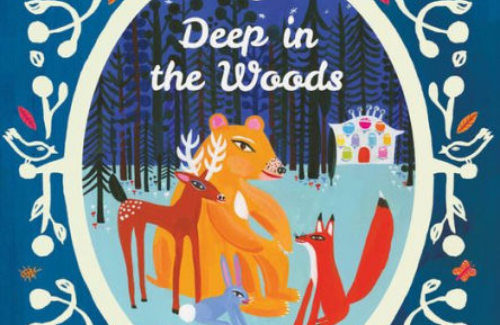We’ve assembled a few ways you and your students can increase biodiversity in the green spaces near your school and homes. Try experimenting with any number of these activities and start observing changes in your environment in as little as a few weeks!
Told entirely in verse, Forest World embraces a hybrid form of storytelling. Use this novel with students to explore poetry, increase their understanding of forest biodiversity, learn how to make your own paper, and much more!
Big trees are amazing! While the height of tall trees can be difficult to comprehend, the diameter is something a bit more tangible to try and get your “arms around.” Use these STEM strategies to investigate the science of measurement, engineered wood, and the value of Pi.
Creating more green spaces can not only add natural beauty to cities, but it can also improve the health and well-being of its residents. Get your students inspired to add green spaces to urban areas.
Can one little hideaway be a home to a host of woodland creatures? Learn about a Russian folk tale and encourage early learning along the way.
Soil is unbelievably important for forests and all of life on earth. Help youth understand the negative effects of erosion and encourage soil development with our article and student activity ideas.
The cold winter season provides many opportunities to add fun and interesting STEM activities to your lesson plans. Here are some ideas to get you started.
What measurable effect does a visit to a favorite park or green space have on you? These STEM enrichment ideas for one of PLT’s popular activities will take your students outdoors to learn more about a local park or open space near them, and how they might conduct a scientific research experiment to determine the ways in which being outside can improve a person’s mood, health, and wellness.
In dying, a tree plays an essential role in sustaining life around it. Here are some classroom activities to explore decomposition and how a fallen tree provides for other life in the forest.
Learn how to adapt our “Sounds Around” student activity for remote instruction, allowing students to tune in to the everyday sounds of nature from home or a nearby outdoor space.











